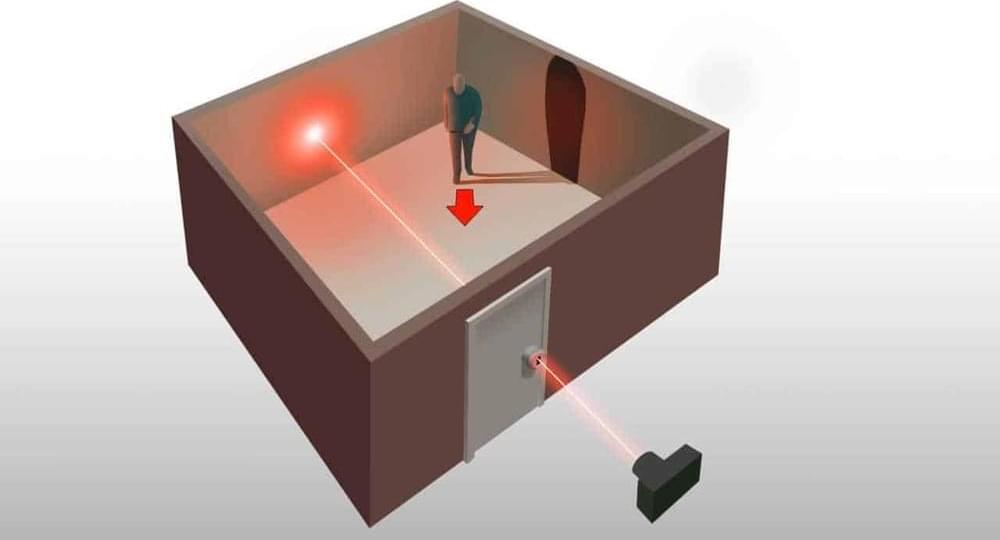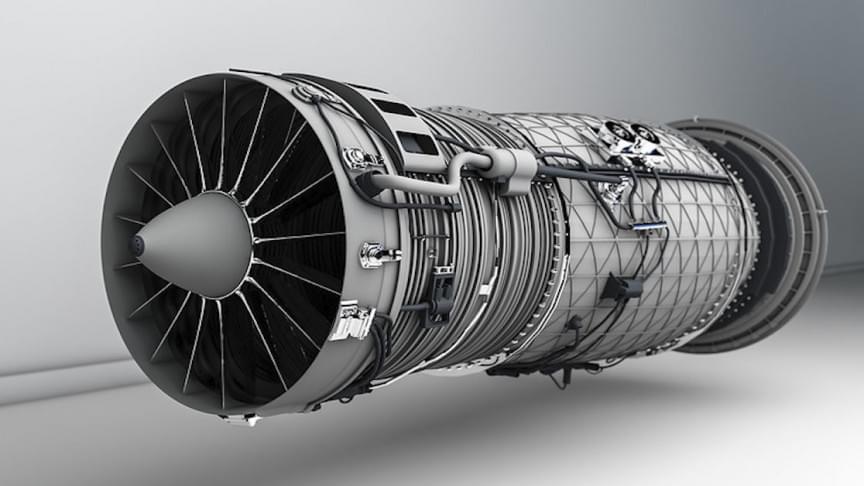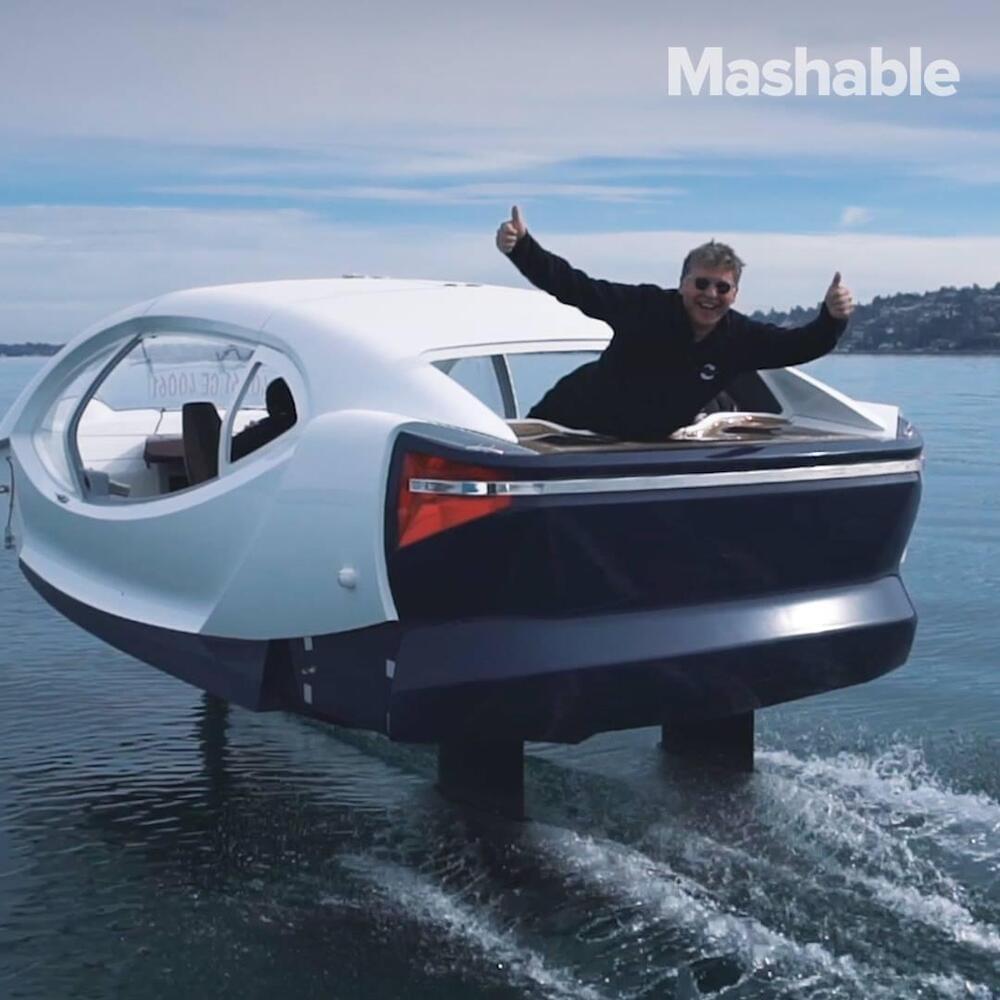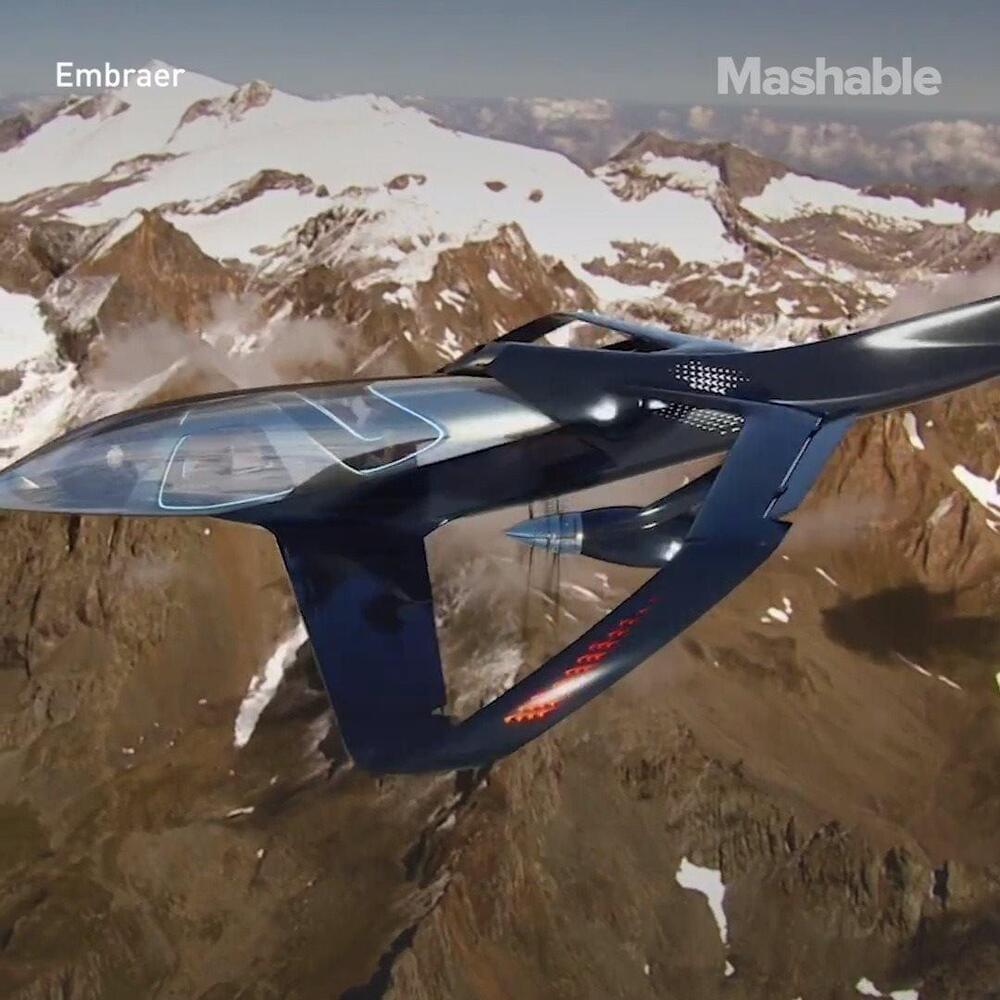Dec 12, 2021
A laser shot through a keyhole can expose everything inside a closed room
Posted by Shubham Ghosh Roy in categories: computing, transportation
Over the past few years, different techniques have made it possible to improve the viewing angles of the cameras, taking advantage of extra functionalities such as lasers. This technology allows the device to track objects moving around corners, even when they are completely obscured from view. The device could be used for search-and-rescue missions or installed on cars to detect incoming vehicles.
Now, researchers at the Stanford Computational Imaging Lab have developed a novel method called non-line-of-sight imaging, or keyhole imaging, that allows you to scan an entire room by simply pointing a laser through the keyhole. A single point of laser light entering a room can be used to see what physical objects might be inside.
Continue reading “A laser shot through a keyhole can expose everything inside a closed room” »

















